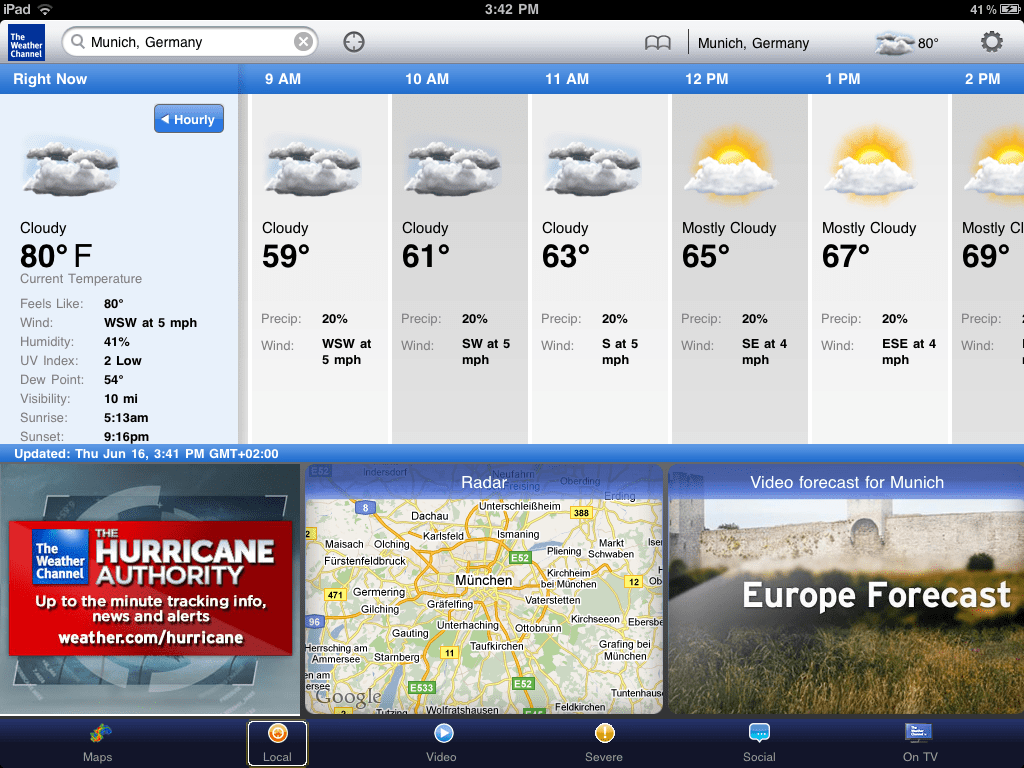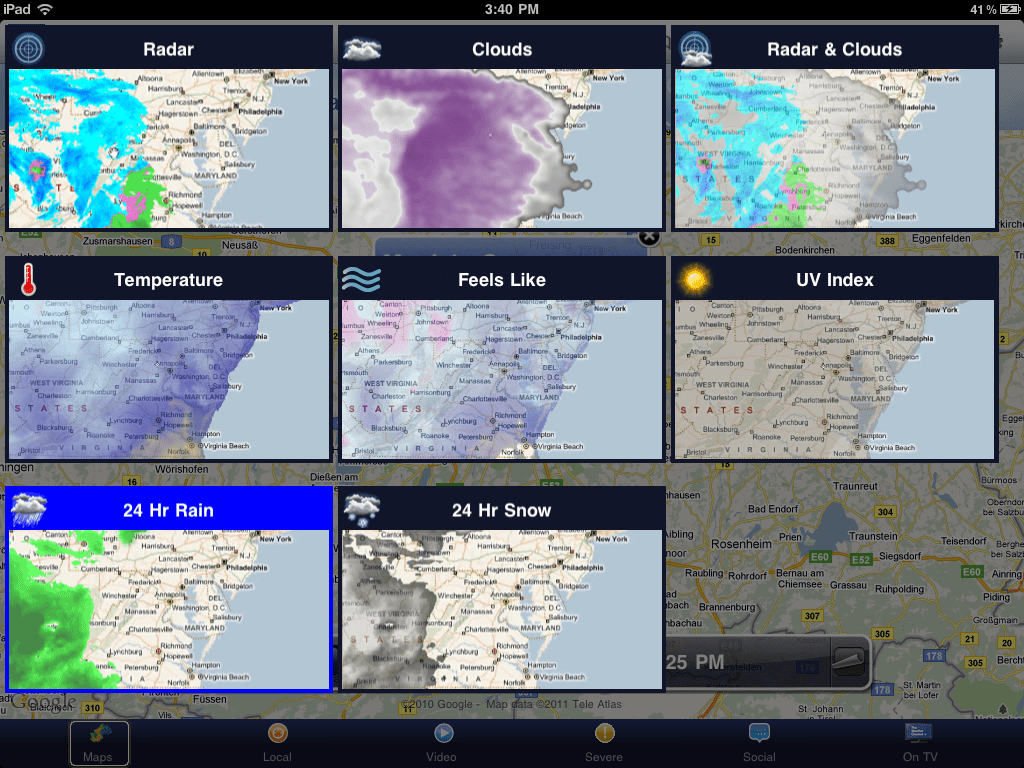 Back in April, I posted an interview with a master forecaster: Franz the Frog. Interestingly enough, this post is one of the most popular entries on this blog. But all jokes and irony aside: Weather forecasters are indeed world champions in forecasting and there are some lessons that we as finance professionals can learn from them. Let’s take a look:
Back in April, I posted an interview with a master forecaster: Franz the Frog. Interestingly enough, this post is one of the most popular entries on this blog. But all jokes and irony aside: Weather forecasters are indeed world champions in forecasting and there are some lessons that we as finance professionals can learn from them. Let’s take a look:
LESSONS FROM MASTER FORECASTERS
1. Forecasts should be objective: Have you ever seen a subjective weather forecast? Well, it may feel like that sometimes. But weather forecasters do not publish what they think the public or the managers of the TV stations or newspapers want to hear. That would be dangerous. No, they strictly publish what their algorithms and forecasting processes show them. We can therefore rely on them (except for the obvious and inherent forecast errors that can occur).
2. Forecast discussions should look forward not backward: Huh? Well, weather forecasts focus on the future. Have you ever seen a weather person spend 75% of his time explaining past variances, apologizing and arguing about assumptions? No. Weather forecasts are strictly forward looking. The focus is on what lies ahead and not on what happened in the past.
3. Forecasts should be flexible: How often do we we get an updated weather forecast? Once per quarter? Once per month? No, the weather is too volatile for that. The forecast would be outdated within a few hours. People might be unprepared for a snowstorm, for example. Instead, weather forcasters continuously update their models when new information arrives. That way we can all rely on the most current and accurate forecast. We don’t have to worry too much about being caught in dangerous weather.
4. Forecasts should speak a clear language: Weather forecasts are being presented in a simple and concise manner: “Heavy winter storms expected with up to 20cm of fresh snow.” This type of presentation allows us to quickly make decisions (stay at home). The message is not hidden in hundreds of lines of technical details.

5. Detail is adjusted based on the predictive ability: What is easier to forecast – the weather tomorrow or the weather in two weeks? Stupid question: the weather tomorrow. Weather forecasts acknowledge that they cannot predict weather much further out than a few days. And they adjust the level of detail based on that insight. Today’s forecast shows detail by the hour. The forecast for next week is just a general trend (‘rising temperatures expected’). This approach obviously reduces the effort involved in creating the forecast. Most importantly, this approach avoids the trap of setting wrong expectations (“I thought it would be sunny in three weeks from now!”) More detail does not mean higher accuracy.
6. Forecasts are compiled with the help of modern technology:

What type of instruments and tools do weather forecasters leverage? Weather frogs, old fashioned thermometers, wet fingers, flight patterns of birds? No, they rely on modern technology. They continuously push the envelope and upgrade their equipment. This tremendously speeds up their work while also reducing mistakes and increasing the accuracy. They actively look for new ways to improve their processes and techniques.
YOUR FORECASTS?
Think about your forecasts. How do they stack up when compared to these six characteristics? Are there areas where your forecasts can improve? If you are interested, join of of our Rolling Forecast workshops to learn more.

Comments
2 responses to “Improve your forecasts – 6 things we can learn from weather forecasters”